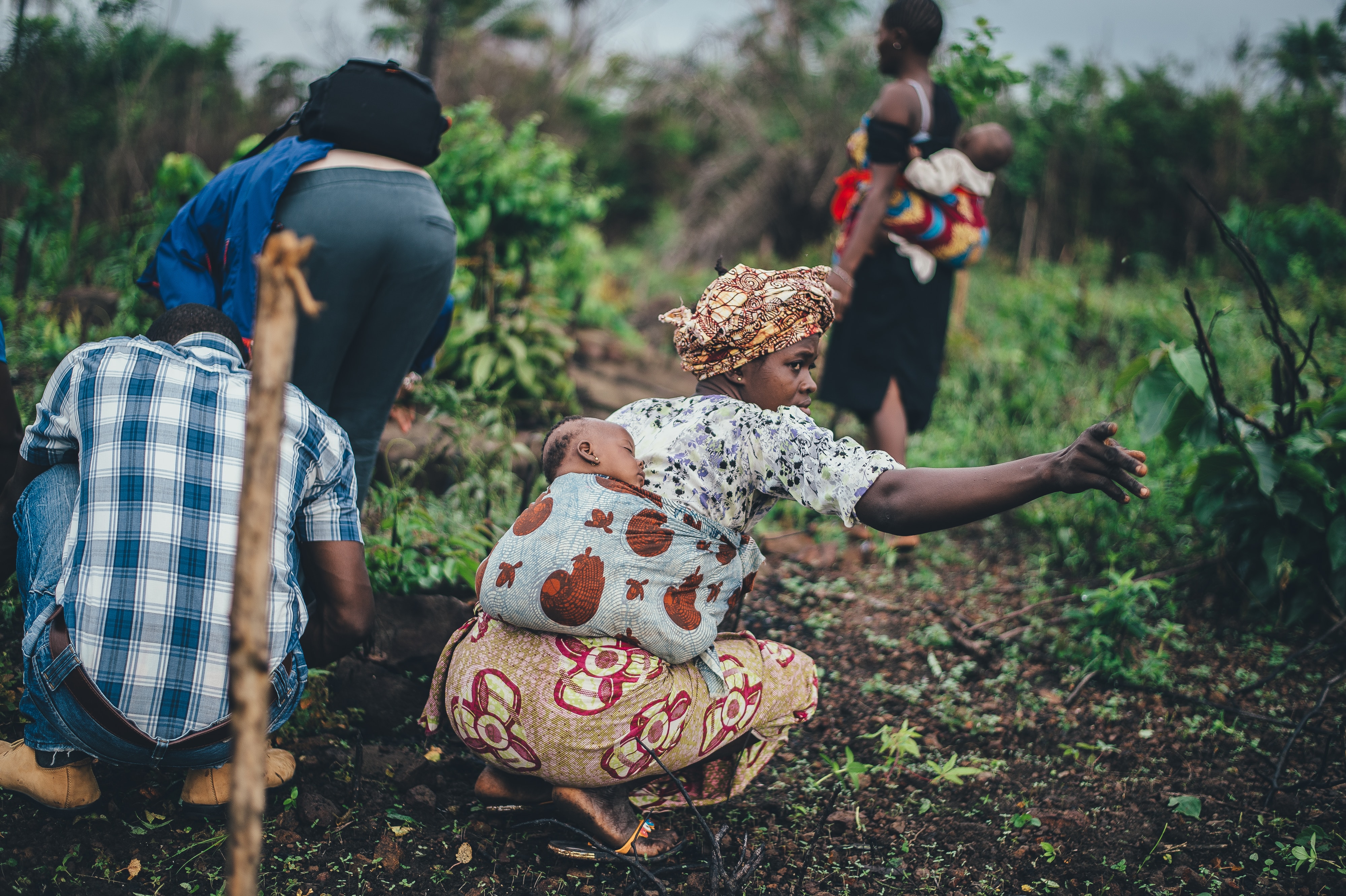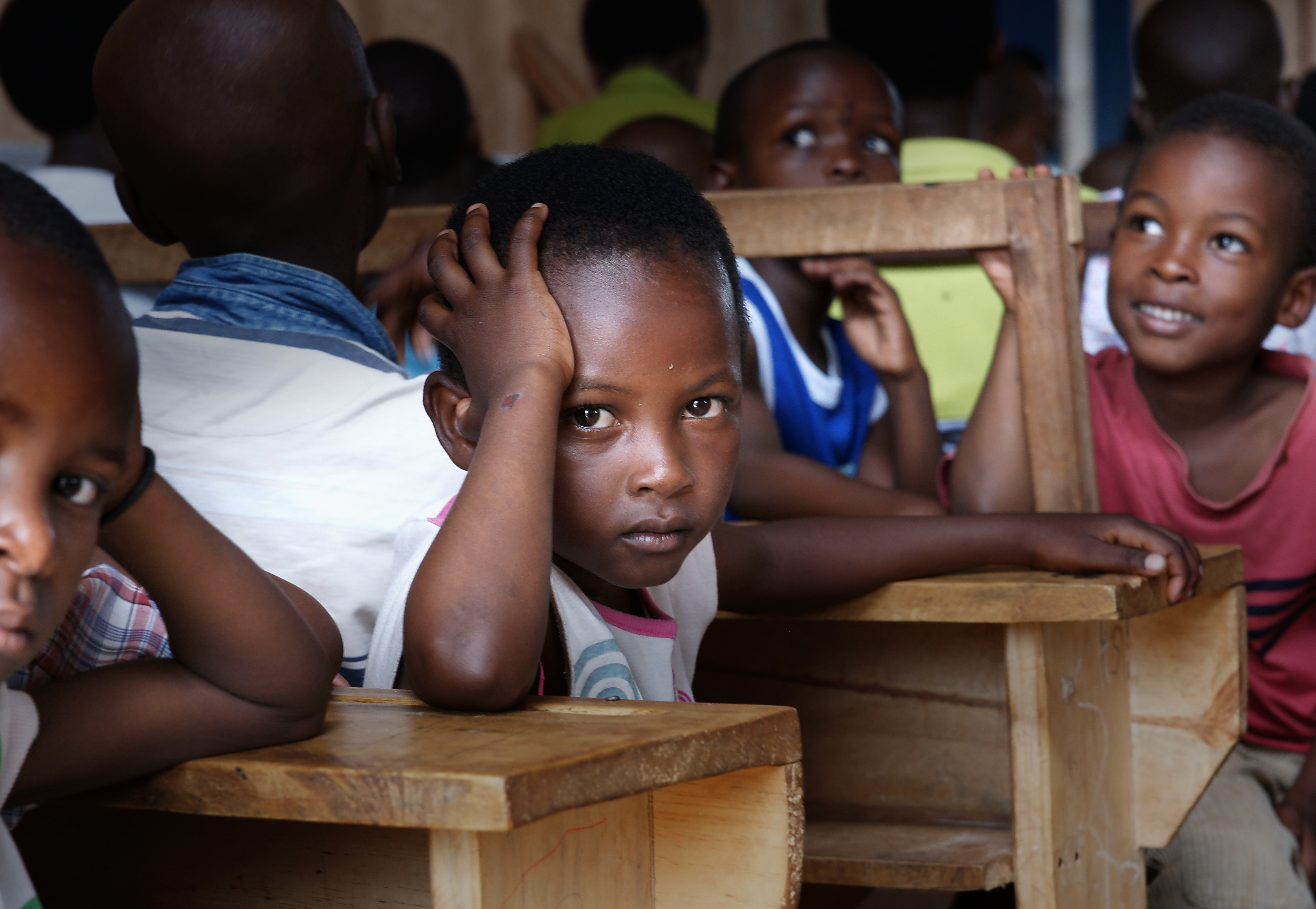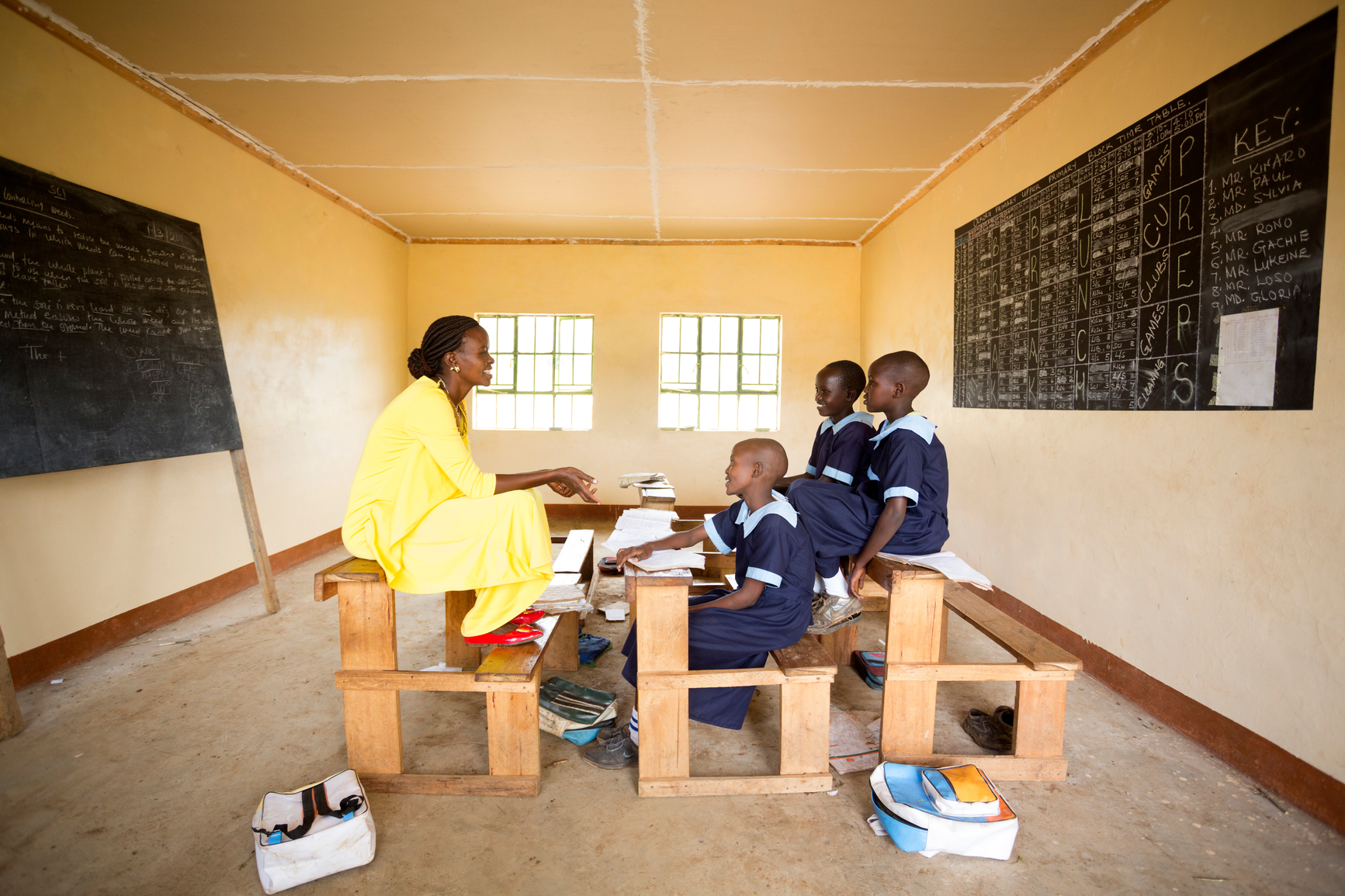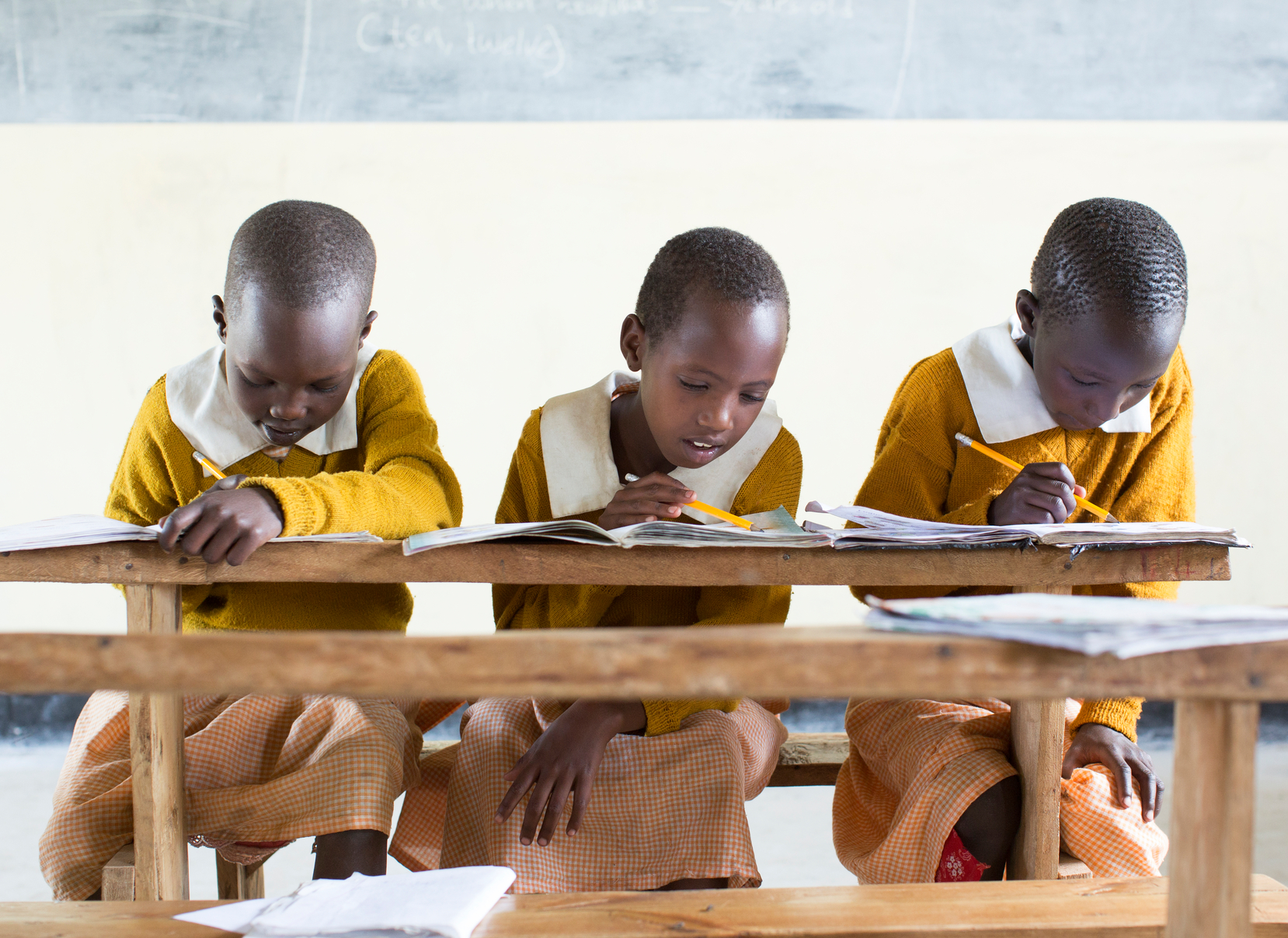Supporting Staff Members: NORC Identifies Strategies for Dealing with Vicarious Trauma.

This article is from our NORC Now newsletter. Subscribe today.
February 2024
USAID Offers Grants to Address Vicarious Trauma
The concept of self-care as a survival tool has surged in popularity in recent years. However, it is still foreign to many who work with gender-based violence (GBV) survivors, especially workers who may not know what vicarious trauma is or that they can experience secondary trauma.
To help raise awareness of vicarious trauma and teach organizations and staff how to address it, the U.S. Agency for International Development (USAID) offered grants to five new, local, and underutilized organizations:
- Crisis Center Hope (CCH, North Macedonia)
- Sexual Offenses Awareness and Response Initiative (SOAR, Nigeria)
- Sexual Violence Research Initiative (SVRI, Global)
- Women Against Rape (WAR, Botswana)
- Žene za Une (ZSU, Bosnia and Herzegovina)
USAID offered the grants through its Collective Action to Reduce Gender-Based Violence (CARE-GBV) activity cluster. CARE-GBV is one of four activity clusters in USAID’s Gender Equality and Women’s Empowerment Hub’s (USAID/GenDev) GBV-prevention portfolio that NORC was commissioned to evaluate. We analyzed whether the work was context-specific, based on international evidence, achieved targeted GBV results, and was sustainable.
“Vicarious trauma was identified as an area of need after USAID discovered that many staff—especially volunteers or those who were themselves survivors—had internalized GBV survivors’ experiences and were struggling with it,” said Brooke Jardine, a senior research associate in NORC’s International Programs department. “There was an overwhelming number of applicants for these grants, underscoring the breadth of the problem.”
Our evaluation was extensive. We completed 16 interviews with key informants, a web survey of 142 grantee staff and program managers, and a review of 81 program documents. Our examination found many accomplishments. First, all five awardees conducted essential needs assessments, allowing them to create context-specific interventions that raised awareness of vicarious trauma. In addition, they reported that with proper funding, their projects could be replicated and scaled up.
Furthermore, we found that USAID’s flexibility in allowing grantees to use the funding however they deemed fit allowed the organizations to adapt to COVID-19’s disruptive effect.
Smaller Organizations Could Benefit from Simpler Processes and Longer Contracts
Our findings also identified room for improvement. Many interviewees had a hard time with USAID’s reporting processes. This was especially true of organizations that had limited staff or were working with the agency for the first time. We suggest that USAID make the reporting processes less confusing and project lengths longer. This is especially important for smaller organizations, which often cannot afford to begin the work until funding arrives, thus compressing timelines. A contract that is 18 months or longer will give small organizations more time to implement self-care activities and entrench organizational norms, beliefs, and behaviors around vicarious trauma.
Some grantees also found it challenging to navigate web-based forms and training courses. For instance, 11 of 18 SOAR respondents in Nigeria reported that using Google Forms was difficult or a hindrance. Overall, we found that offering self-paced courses led to a number of incompletes.
“At the macro level, everyone was pleased with the programming and optimistic that their outcomes could be translated globally and tailored to specific organizational needs, whether or not GBV-related,” said Jardine.
USAID/GenDev recently published our report on CARE-GBV, three additional GBV cluster reports, and an overarching portfolio performance evaluation (available on the project's page). They will be using them to help guide future GBV programming.
This article is from our flagship newsletter, NORC Now. NORC Now keeps you informed of the full breadth of NORC’s work, the questions we help our clients answer, and the issues we help them address.








